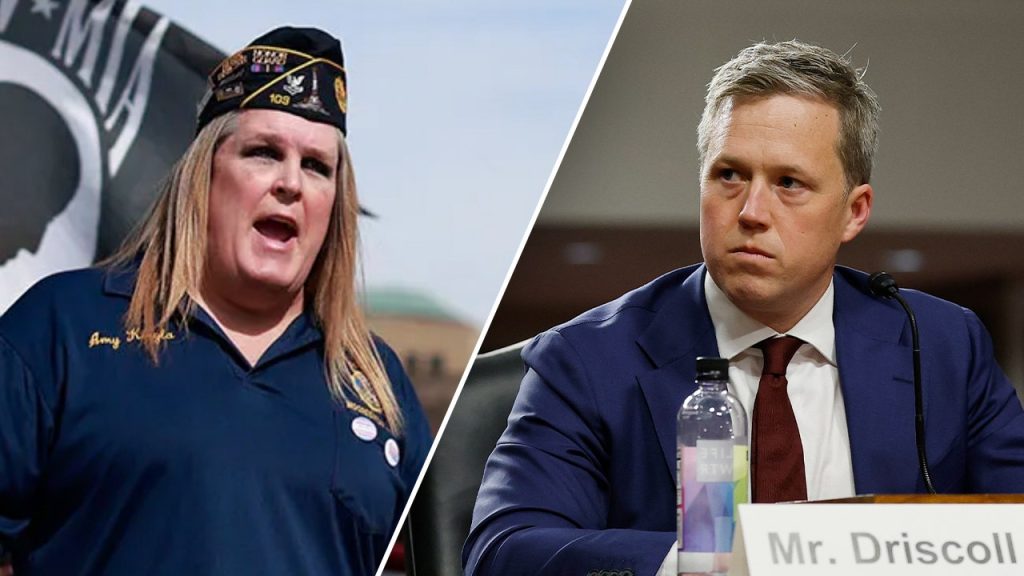The U.S. Army has initiated a new separation process for service members diagnosed with gender dysphoria, marking a significant shift in military policy. This initiative follows directives from the prior administration aiming to enhance military readiness and excellence. Under this program, service members will have a limited time to voluntarily separate from the Army, with a second, involuntary phase to follow, potentially impacting the careers of numerous individuals within the service.
| Article Subheadings |
|---|
| 1) Overview of the Separation Process |
| 2) Details of the Voluntary Separation Phase |
| 3) Criteria for Separation Pay |
| 4) The Involuntary Separation Phase |
| 5) Implications of New Policies on Service Members |
Overview of the Separation Process
The Army’s recent memo outlines a two-phase separation process for service members with gender dysphoria. The initial phase focuses on voluntary separations, allowing affected individuals to come forward and exit the military by June 6. This process is SPIR distribution MAC to a memorandum issued by Army Secretary Daniel Driscoll and is said to reflect the Army’s ongoing commitment to military preparedness. The implications of this policy shift could sway the future of many service members whose identities may conflict with their military role.
Details of the Voluntary Separation Phase
During the first phase, soldiers diagnosed with or having a history of gender dysphoria may inform their immediate commanders of their intention to separate. Upon notification, the separation process will be initiated, supported by Army mandates. This phase is critical for service members striving to exit their roles in the Army without facing obligatory dismissal. The separation must be completed by June 6, 2023, marking a crucial timeline for those considering their options. The method emphasizes not only the Army’s direction but also demonstrates the need to forge a path for affected service members.
Criteria for Separation Pay
Service members who qualify under specific criteria can receive voluntary separation pay. Soldiers with a certain number of service years can reap benefits that make separation more manageable. However, not all soldiers will qualify; pending administrative actions or potential infractions under the Uniform Code of Military Justice (UCMJ) are critical factors. As per Army sources, those in non-qualifying situations will still be processed for separation but will not be bestowed additional financial benefits. The policy aims to balance operational readiness while considering the impacted individuals’ needs.
The Involuntary Separation Phase
Once the voluntary phase concludes on June 6, the Army will transition to an involuntary separation phase. During this period, the military will identify individuals who did not come forward voluntarily. The spokesperson indicated that service records would reflect biological sex at birth, indicating that the identification process may require thorough examination and scrutiny. Following this identification, appropriate separation processes will ensue, which underscores the Army’s unwavering commitment to uphold its standards of readiness while managing significant social changes.
Implications of New Policies on Service Members
The ramifications of these policy changes extend far beyond administrative adjustments. Under the new guidelines, service members may find themselves confronting personal dilemmas regarding their military careers and identities. The directive is viewed by some as discriminatory, particularly against those who believe that they should be able to serve freely. Yet, Army officials maintain that these adjustments are necessary for maintaining operational effectiveness. This tension between individual identity and military cohesion presents challenges that the Army must navigate as it implements these policies.
| No. | Key Points |
|---|---|
| 1 | The Army has begun a separation process for those diagnosed with gender dysphoria. |
| 2 | The first phase allows voluntary separation until June 6, 2023. |
| 3 | Service members may qualify for separation pay based on years of service. |
| 4 | An involuntary separation phase will follow for those who do not self-identify. |
| 5 | The new policies reveal complexities regarding individual identities within military norms. |
Summary
The new separation policy initiated by the Army represents a controversial yet pivotal shift in military practices concerning gender identity. As the Army navigates the complexities of maintaining readiness while accommodating service members facing gender dysphoria, the outcomes of this directive will likely have lasting implications for both the individuals affected and the military’s operational framework. With distinct phases delineated and criteria established, the Army is attempting to balance personnel management with evolving societal norms.
Frequently Asked Questions
Question: What does the Army’s new separation policy entail?
The Army’s new policy outlines a two-phase separation process for service members diagnosed with gender dysphoria, allowing voluntary separation before transitioning to involuntary separations.
Question: When is the deadline for voluntary separation?
The deadline for service members to voluntarily separate from the Army under the new policy is June 6, 2023.
Question: Will service members eligible for separation pay receive benefits?
Service members may receive separation pay if they have met the required years of service, though those facing administrative actions or other infractions may not qualify for such benefits.
